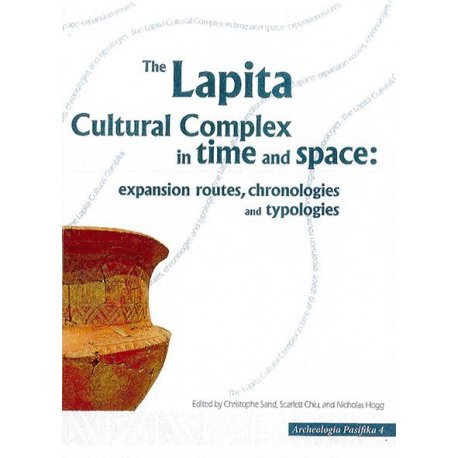
The Lapita Cultural Complex in time and space
expansion routes, chronologies and typologies
9782954167534 LACUL
Out of stock
Data sheet
| Support | Livre neuf |
| Éditeur | IANCP |
| Genre | Archéologie |
| Date | 2015 |
| Collection | Archeologia Pasifika |
| Format | Format 21,5 x 27,5 cm, relié, couverture rigide, 220 pages |
| EAN 13 | 9782954167534 |
 (
(

 Newsletter
Newsletter